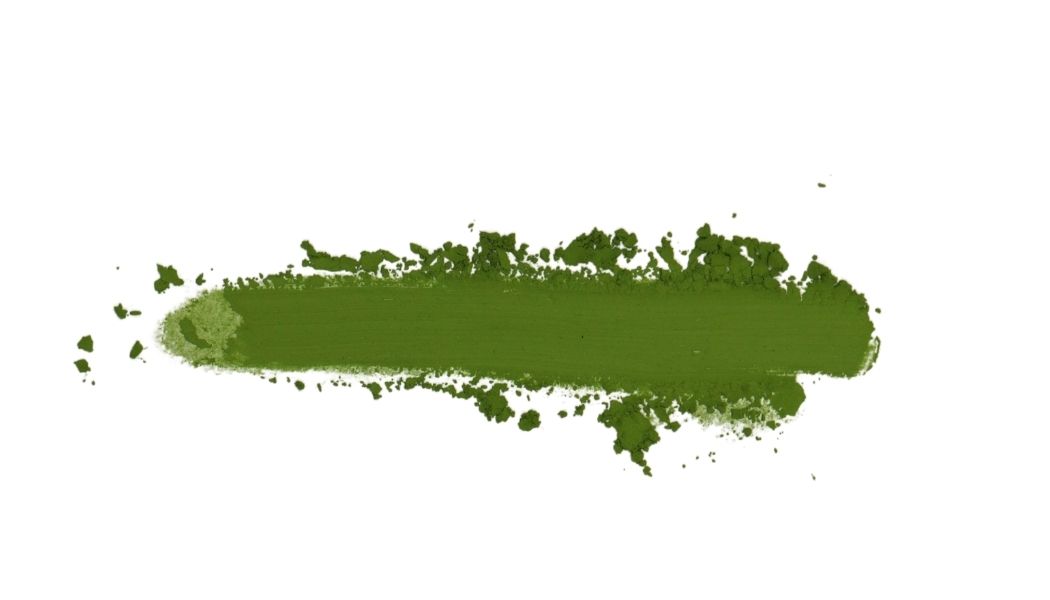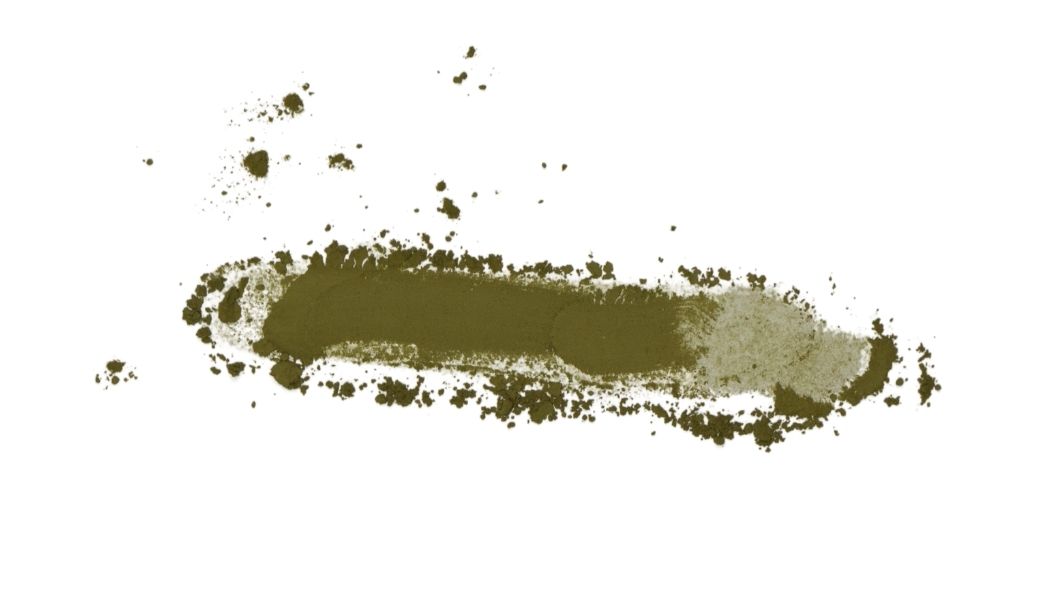It’s essential to enjoy most teas while still fresh, but this is particularly true for matcha. As the tea leaves are ground into a fine powder to make matcha, much more surface area is exposed to the environment.
The effect of time and oxidation on matcha can be visually striking. For example, I discovered a long-forgotten tin of matcha and was shocked at the difference in appearance. I wasn’t brave enough to taste it, but I thought this was the perfect opportunity to illustrate what happens when matcha goes bad.
Does Matcha Powder Go Bad?
Storing your tea the right way extends its shelf life, but it does not actually go bad unless there is contamination or mold. In such cases, you should not consume the product. If the matcha is simply past its expiration date, it will not hurt you or make you sick, in my experience.
How Long Does Matcha Last Before It Goes Bad?
While lightly oxidized teas are less shelf-stable, matcha is such a tea, and it deteriorates over time and loses its flavor. The rate of deterioration is greatly affected by storage conditions; tea powder goes bad the more it’s allowed to oxidize. For example, an opened tin on matcha left unsealed at room temperature goes bad much faster than an opened tin that’s stored in a fridge or freezer.
Even with proper storage, there will come a tipping point where matcha’s taste and health benefits are no longer the same. One of the main reasons that people drink matcha is for its purported health benefits. Antioxidants like EGCG (Epigallocatechin gallate) begin breaking down within six months of regular home storage.
The taste of tea comes from aromatic compounds that will also degrade over time. I find that some teas you can get away with drinking when they are old, but matcha is not one of them. Ideally, matcha should be stored properly and consumed within 6 to 12 months of purchase. I particularly advise quick consumption of ceremonial matcha, purchased at a higher price point for its superior flavor and aroma, and often consumed on special occasions. When matcha powder is fresh, the taste is best.
Keep in mind that the tea will start to degrade from the moment that it is opened. Fresh matcha will create a thick layer of froth when whisked. Once your matcha is a bit old, you’ll notice that the froth is thinner and harder to create.
Fresh Matcha
Color: deep, vibrant bright green powder
Texture: fine and soft to the touch, like talcum powder or eyeshadow
Aroma: vegetal, oceanic, clean
Taste: Grassy, vegetal, creamy, umami
Froth: Thick, easy to achieve without much effort

Old Matcha
Color: olive green or brown, not vibrant green color
Texture: dry, not as soft or smooth
Aroma: musty, flat
Taste: bitter, sour, unpleasant vegetal notes, lack of umami, all-around bad matcha
Froth: thin, takes a lot of effort

How to Keep Your Matcha Fresh
Here are seven things you can do to make sure that your matcha stays at its best for as long as possible.
- Buy high-quality matcha. Good matcha is often sourced from Japan, where it’s shade-grown for at least 3-4 weeks before harvest.
- Culinary grade matcha is typically lower quality, so it may not stay fresh as long. The grade of matcha is best suited for baked goods or confectionery dishes, such as matcha whipped cream or matcha ice cream. (Similarly, I use my expired matcha in my culinary endeavors!)
- Do not purchase matcha that is stored in a clear container. I also do not recommend buying tea from the bulk section of a grocery or health food store. These retailers don’t publicly share the expiry date of their matcha, and it is likely to be oxidized before you even bring it home and may already be stale matcha.
- Try to finish your matcha within a few months or so of opening the container. Make whisking a bowl of matcha a daily habit so that it does not get forgotten in the back of a cabinet.
- Protect the tea from oxygen, heat, light, and moisture with an airtight container if it did not come in one. Tins are better than bags, in my experience. Unopened matcha in an opaque, vacuum-sealed, air-tight container deteriorates at the slowest rate.
- Refrigerate your matcha if possible but make sure to keep away from food odors. I store matcha in a small mini-fridge, which I’ve dedicated to storing green tea. Placing the tea in the fridge inside a Ziploc plastic bag can help to prevent condensation and preserve product quality.
- Avoid buying matcha green tea in bulk because there’s a fair chance the matcha green tea expiration date may have already occurred. If you do purchase a large amount, portion out some of the tea into a smaller container for daily use to limit the exposure to oxygen.
Have you ever had matcha go bad? How did it taste? Let me know in the comments below!
